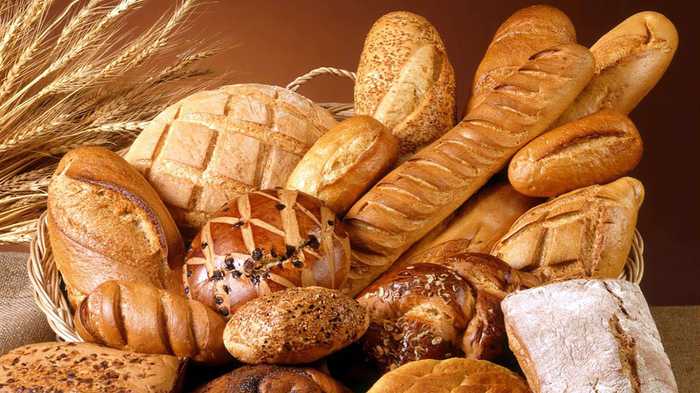Published 17:51 IST, December 30th 2023
Knowing about the Glycemic Index for our dietary choices can positively impact our health and well-being by helping us make informed choices.
Advertisement
Healthy lifestyle is a choice - one that helps you improve the quality of your life by leaps and bounds. From mental health to physical well-being, a lot of things together contribute to a wholesome lifestyle. And one of the most important components of that is diet. Good food is the fodder for your healthy body. Glycemic index’s role in this is to tell us how healthy our diet is.
What is the Glycemic Index?
The Glycemic Index (GI) is a helpful tool that can guide us toward making healthier food choices and managing our overall well-being. It measures how quickly carbohydrate-containing foods raise blood sugar levels. The scale ranges from 0 to 100, with higher values indicating a faster spike in blood sugar.
Advertisement

Foods with a high GI are rapidly digested and absorbed, leading to a quick surge in blood sugar. On the other hand, low-GI foods are absorbed more slowly, causing a gradual and steady increase in blood sugar levels. Understanding the GI can be beneficial for individuals aiming to manage weight, control diabetes, or simply adopt a healthier lifestyle.
High and low GI foods
High-GI foods include sugary snacks, white bread, and certain cereals. These foods can cause a rapid increase in blood sugar, followed by a crash, leaving us feeling tired and hungry. On the contrary, low-GI foods like whole grains, fruits, and vegetables provide a more sustained release of energy, helping to keep us full and energized.
Advertisement

Adding low-GI foods into our diet doesn't mean giving up on taste. Quinoa, sweet potatoes, and legumes are delicious alternatives that offer a slower release of energy, making them ideal choices. Pairing high-GI foods with low-GI options can also help balance out their impact on blood sugar levels.
The benefits of understanding the Glycemic Index go beyond managing blood sugar. It can be a valuable tool for weight management, as low-GI foods contribute to a feeling of fullness, reducing the likelihood of overeating. Additionally, a diet focused on low-GI foods is associated with improved heart health and a reduced risk of developing type 2 diabetes.
Advertisement
11:14 IST, December 30th 2023